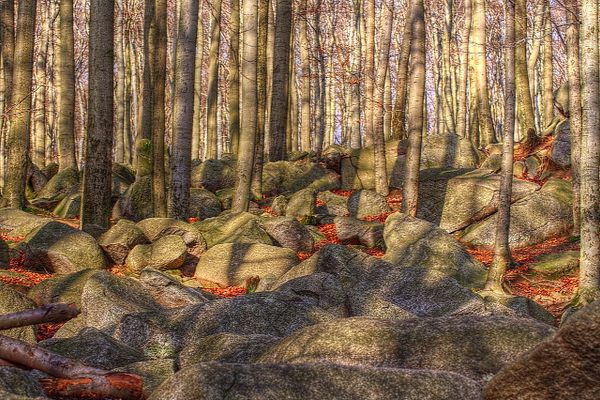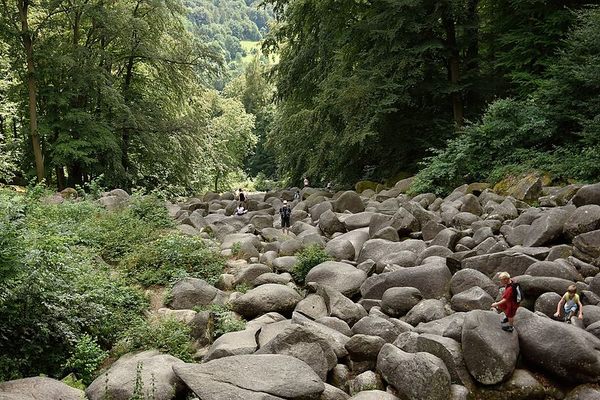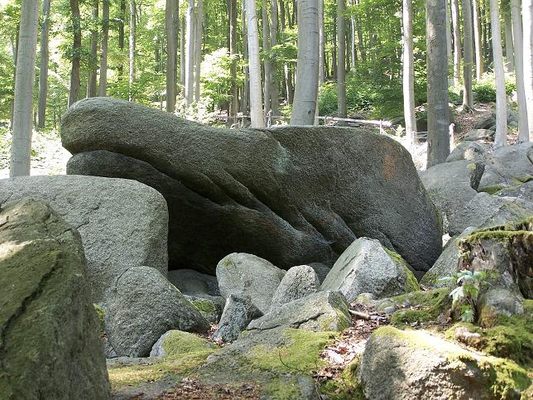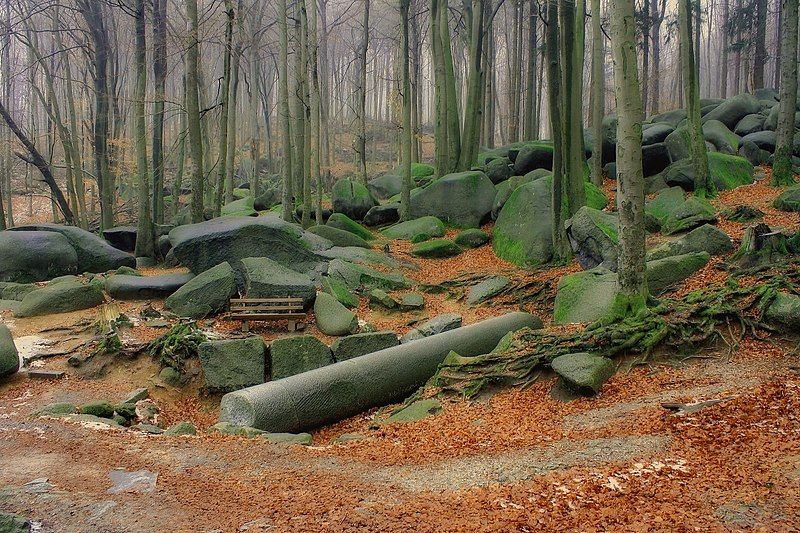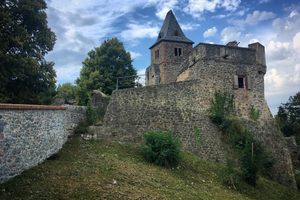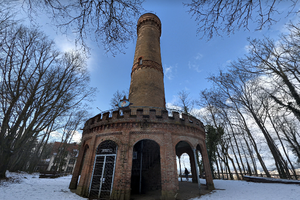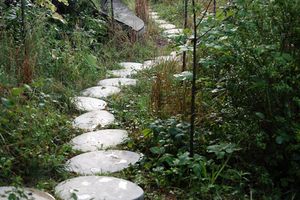About
Despite often looking like a scree slope of very large stones, this Felsenmeer (or Blockfield) has a unique history.
These stones did not come from the mountain but were generated by a weathering process that occurred below the ground. As the surface began to erode, these massive rocks were exposed. The most popular theory behind their creation is that they are the result of frost weathering, however, it has also been suggested that subsurface chemical weathering played a role. This Felsenmeer is one of the most gorgeous in Germany. It's part of the Geo-Nature Park Bergstrasse- Odenwald, just south of Darmstadt.
After being exposed, the rocks were significantly modified by glaciation processes around 10,000 years ago. This occurred across several Ice Ages and gave the rocks their round shape.
Romans occupied this part of Germany during the 3rd and 4th-century CE. There is evidence of stone masonry across the rocks when they utilized the Felsenmeer as a quarry.
A number of both naturally formed and modified stones have been given specific names such as the"Altar Stone" and the amazing, yet very natural, "Crocodile." A major attraction at the site is a massive column intended for a Roman temple but, for some reason, was never removed from the site.
This amazing natural phenomenon is located in a lovely wooded glade on the slopes of a hill known as Feldberg.
Related Tags
Know Before You Go
Information and guided tours are offered at the visitor center.
Community Contributors
Added By
Published
October 8, 2020


